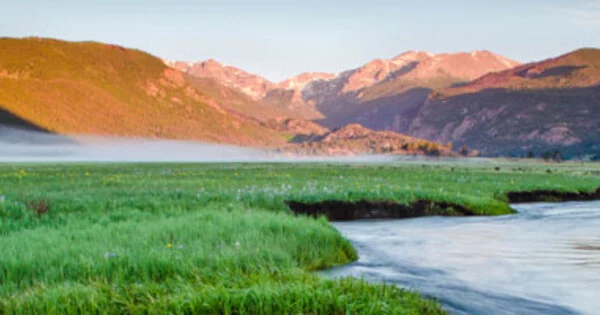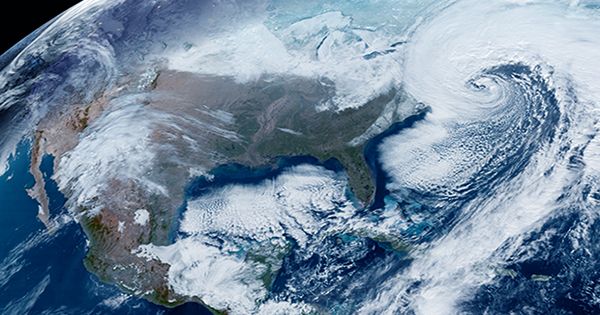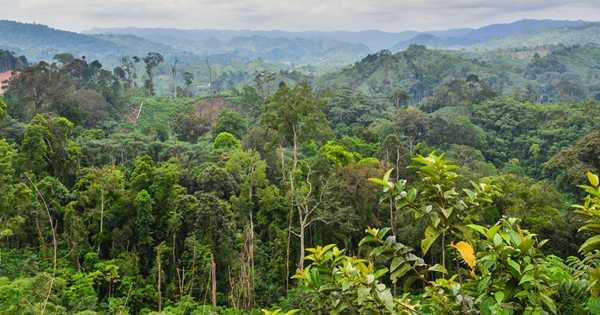Montane habitats are located on mountain slopes. It refers to mountain ecosystems, which are distinguished by distinctive environmental conditions and diverse flora and fauna suited to the challenges provided by high elevations. Because temperatures decline as elevation increases, causing the ecosystem to stratify, the alpine climate in these locations has a significant impact on the ecology. For montane habitats, stratification is an important component in defining plant communities, biodiversity, metabolic processes, and ecosystem dynamics.
Because of the mild temperatures and high rainfall, dense montane forests are common at intermediate heights. These ecosystems differ around the globe, but they share characteristics because of the influence of altitude on climate, temperature, and other environmental conditions. The climate is harsher at higher elevations, with lower temperatures and higher winds, prohibiting tree development and driving the plant community to change to montane grasslands and shrublands or alpine tundra.
Because of the particular climate conditions of montane ecosystems, they have a higher concentration of endemic species. Montane ecosystems also differ in terms of ecosystem services, such as carbon storage and water supply.
Here are some key characteristics of montane ecosystems:
- Altitude: Montane ecosystems are found at higher elevations, usually above the tree line, where conditions are harsher. The height at which montane habitats can be found varies according to latitude and local topography.
- Climate: Temperature and precipitation can change rapidly with elevation in montane environments. Temperatures normally drop as you climb a mountain, and precipitation patterns can change. As a result, the montane zone has a diversity of microclimates.
- Vegetation Zones: Depending on elevation, montane habitats typically have distinct vegetation zones. Lower montane zones may have forests, while higher elevations may have alpine meadows before transitioning to rocky and desolate landscapes at the highest elevations.
- Flora and Fauna: Plant and animal species in montane ecosystems are adapted to cooler temperatures, lower oxygen levels, and other challenges associated with high altitudes. Some species are specifically adapted to certain elevation bands within the montane zone.
- Biodiversity: Montane ecosystems can host high levels of biodiversity, with many species adapted to specific niches within the mountain environment. Endemic species, which are found only in a particular region, are common in montane areas.
- Water Sources: Mountains are frequently the source of major rivers and watersheds. Melting snow and glaciers contribute to lower-elevation water supplies, affecting downstream ecosystems and human areas.
- Human Influence: Human activities such as agriculture, tourism, and resource extraction are frequently important in montane regions. Mountains are valuable because of their unique ecosystems and attractive vistas, but they are also vulnerable to human impact.
The Rocky Mountains in North America, the Alps in Europe, the Andes in South America, and the Himalayas in Asia are all examples of well-known montane ecosystems. Understanding the effects of climate change, protecting biodiversity, and managing natural resources sustainably all require research into montane ecosystems.
















